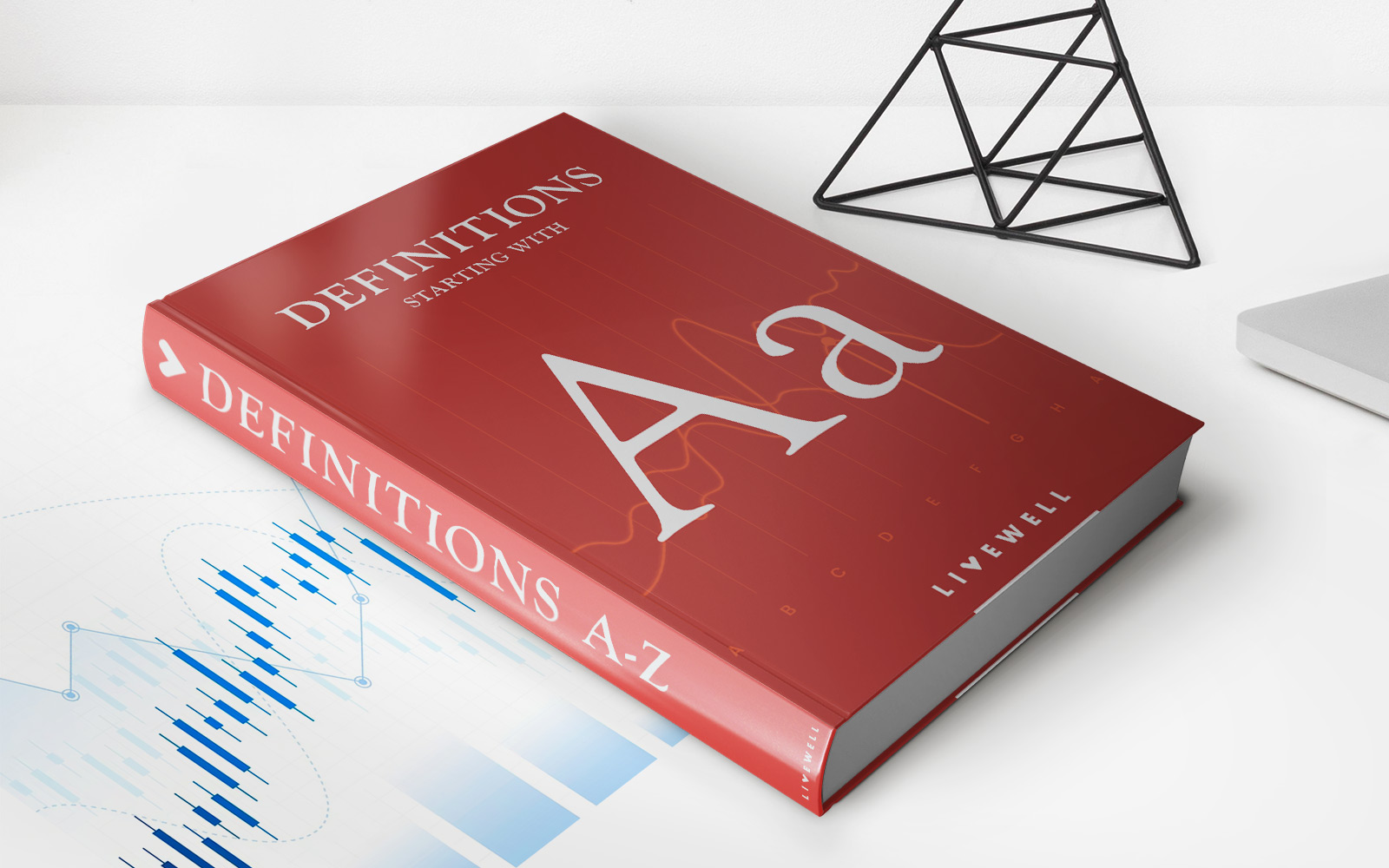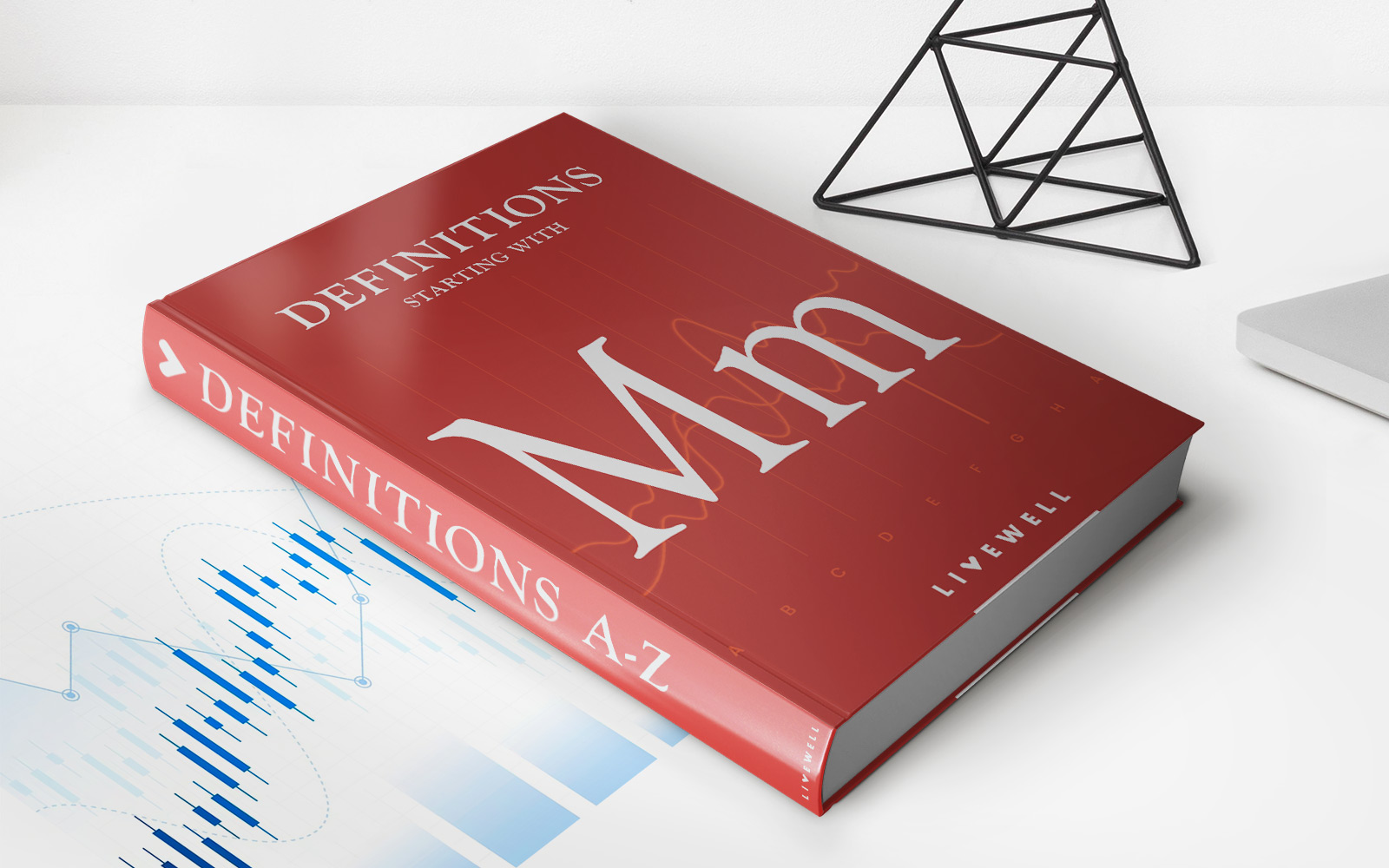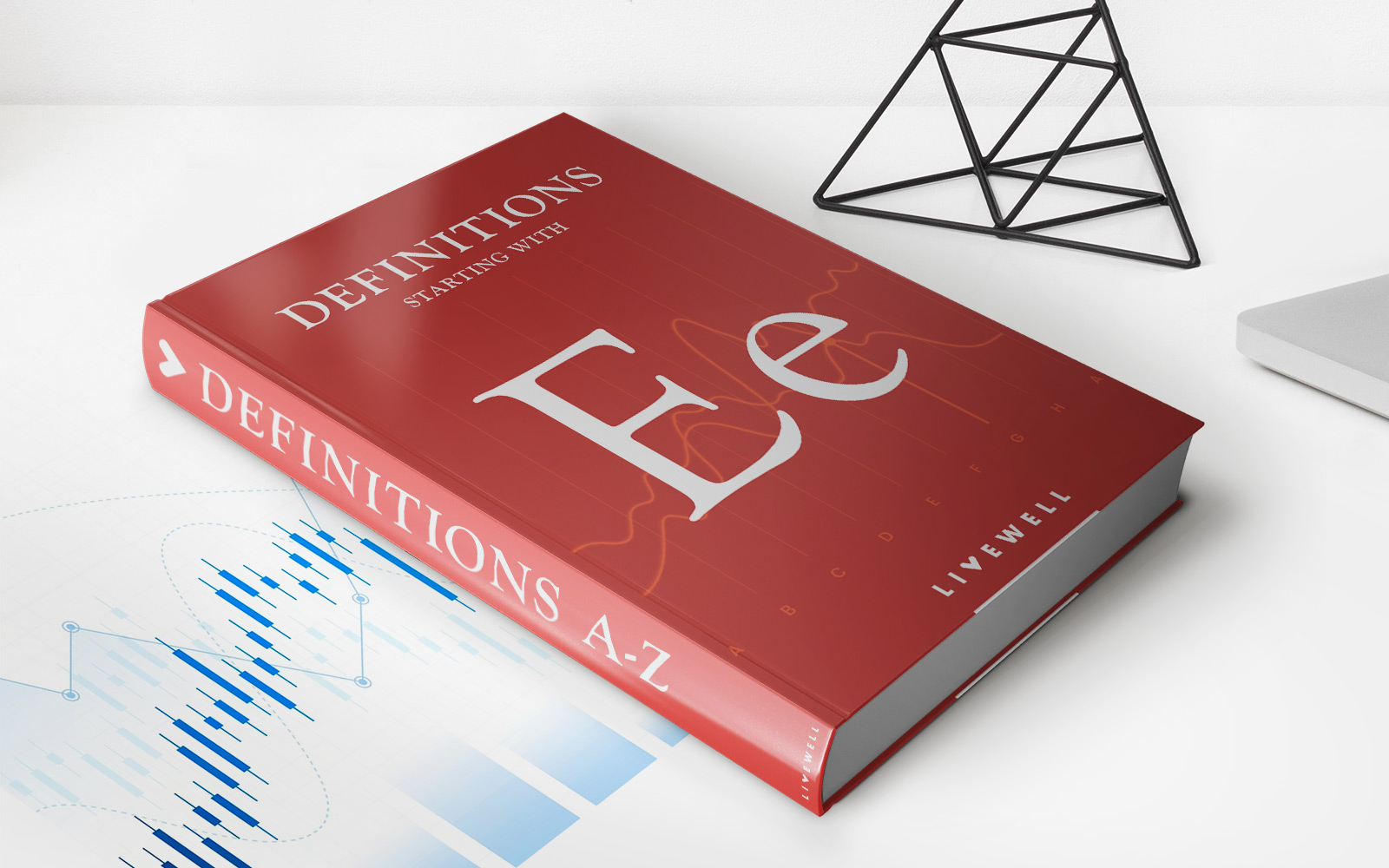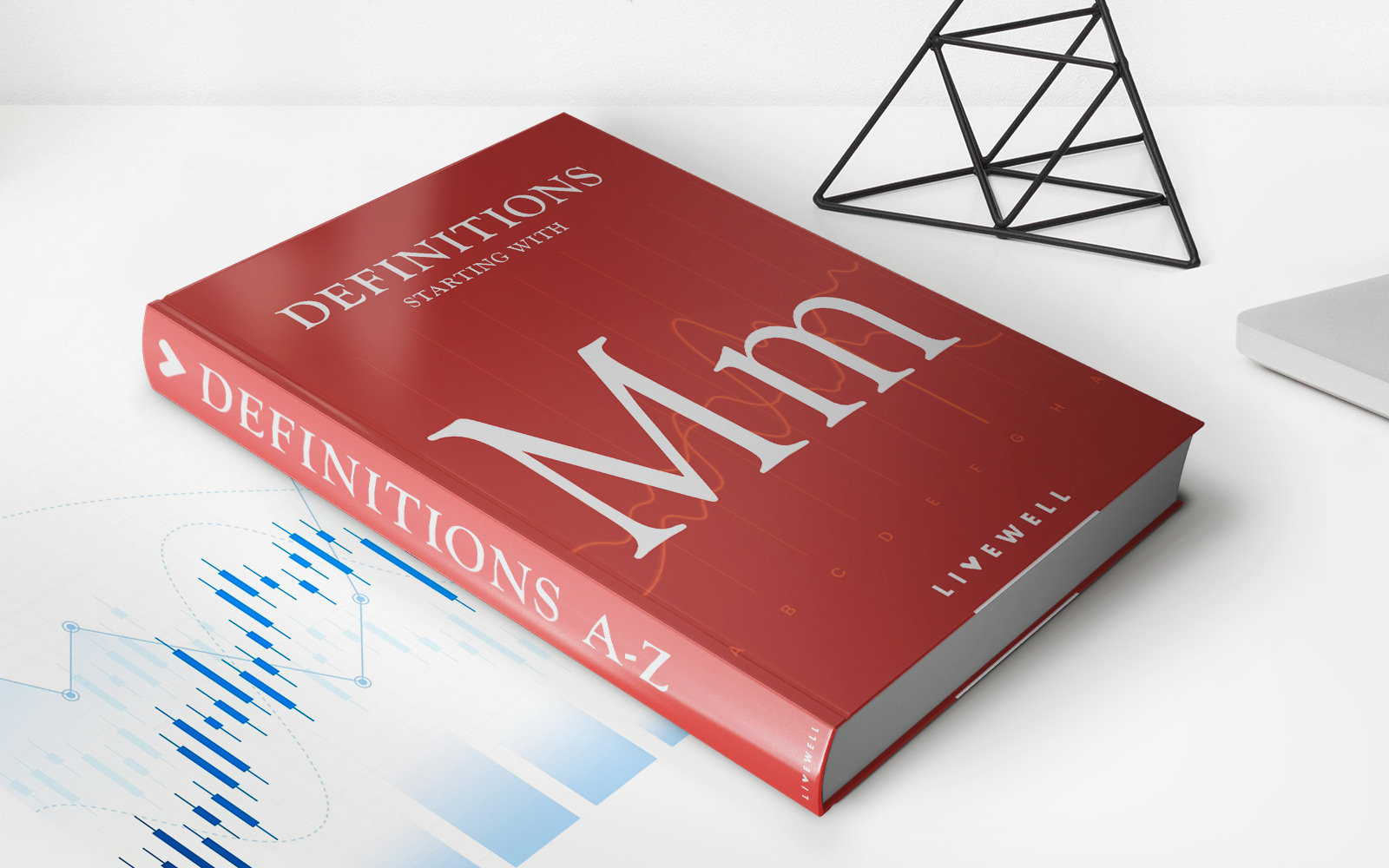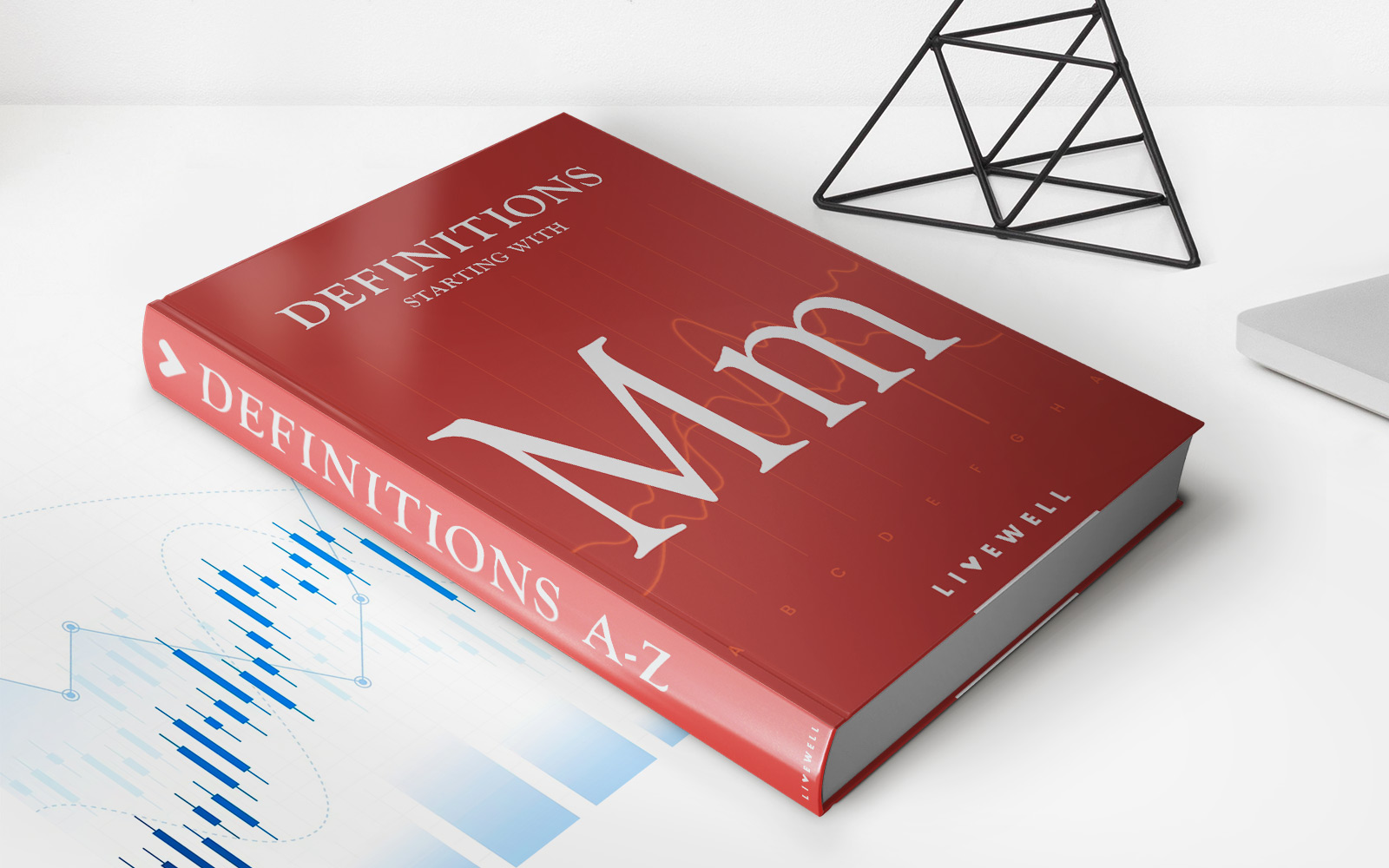Home>Finance>Master-Feeder Structure: Definition, How It Works, Pros & Cons
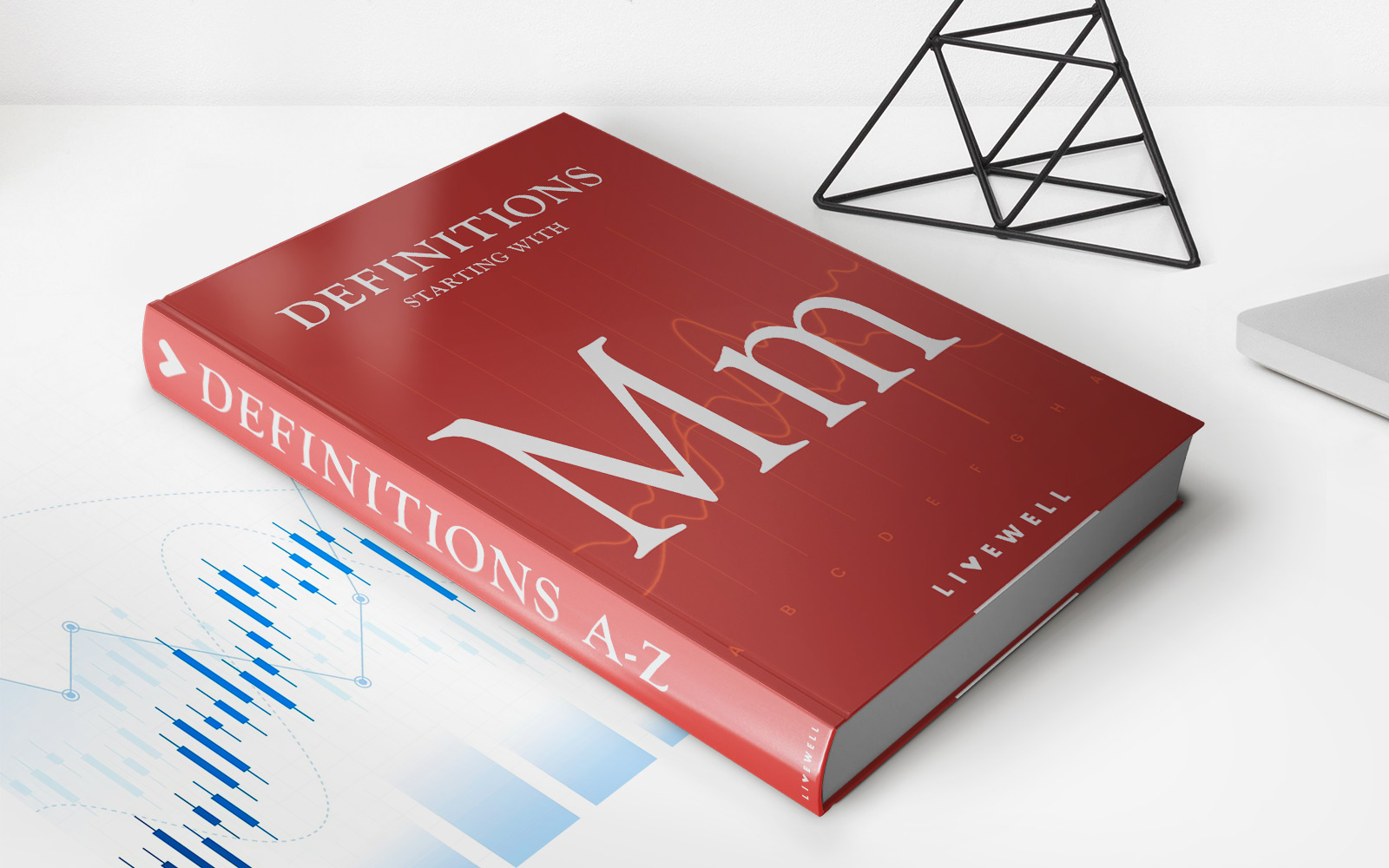

Finance
Master-Feeder Structure: Definition, How It Works, Pros & Cons
Published: December 23, 2023
Discover the ins and outs of Master-Feeder Structures in finance, including the definition, workings, and pros and cons.
(Many of the links in this article redirect to a specific reviewed product. Your purchase of these products through affiliate links helps to generate commission for LiveWell, at no extra cost. Learn more)
Master-Feeder Structure: Definition, How It Works, Pros & Cons
When it comes to managing investments and pooling funds from various investors, financial institutions often turn to master-feeder structures. But what exactly is a master-feeder structure, and how does it work? In this blog post, we will delve into the details of this investment strategy, discuss its pros and cons, and shed light on its significance in the finance industry.
Key Takeaways:
- A master-feeder structure is an investment strategy that involves creating separate funds, known as feeder funds, that channel investments into a single fund, known as the master fund.
- The master fund benefits from economies of scale and efficiency in managing multiple sources of capital, while feeder funds maintain their own identities and serve as a convenient way for investors to access different investment strategies.
What is a Master-Feeder Structure?
A master-feeder structure is essentially an investment vehicle that combines multiple funds into a single structure. It consists of a master fund and one or more feeder funds. The feeder funds serve as conduits or channels through which investors can pool their capital into the master fund.
In simpler terms, think of a master-feeder structure as a hub-and-spoke system, with the master fund at the center and feeder funds radiating out from it. Each feeder fund represents a distinct investor group or investment strategy and is responsible for gathering and managing the capital from its respective investors.
How Does a Master-Feeder Structure Work?
The master fund within a master-feeder structure is typically set up as the main investment vehicle. It aggregates the capital from the various feeder funds and deploys it based on the overall investment strategy defined for the master fund.
Feeder funds, on the other hand, typically have their own specific investment strategies that align with their target investor profiles. These feeder funds invest their capital into the master fund, which then incorporates the investments into its overall portfolio.
The master fund, due to its size and combined capital from feeder funds, benefits from economies of scale, increased flexibility in investments, and cost efficiencies. It allows for centralized portfolio management, reduced administrative burden, and potentially lower expenses for investors.
Pros of a Master-Feeder Structure:
- Diversification: A master-feeder structure allows investors to diversify their portfolios by investing in multiple feeder funds that may utilize different investment strategies.
- Economies of Scale: The master fund benefits from economies of scale and can negotiate better terms with service providers, resulting in potential cost savings for investors.
- Tax Efficiency: A master-feeder structure can enhance tax efficiency, as taxable events occur at the master fund level, rather than at each feeder fund level.
Cons of a Master-Feeder Structure:
- Complexity: The structure can be complex to set up and manage, requiring expertise in fund formation, taxation, and regulatory compliance.
- Regulatory Constraints: Each jurisdiction has its own regulations governing the structure, and compliance can be challenging when operating across multiple jurisdictions.
In conclusion, a master-feeder structure provides investors with diversification, cost efficiencies, and tax benefits, while allowing fund managers to effectively manage and deploy capital. However, it does come with complexity and regulatory challenges that need to be carefully navigated.

